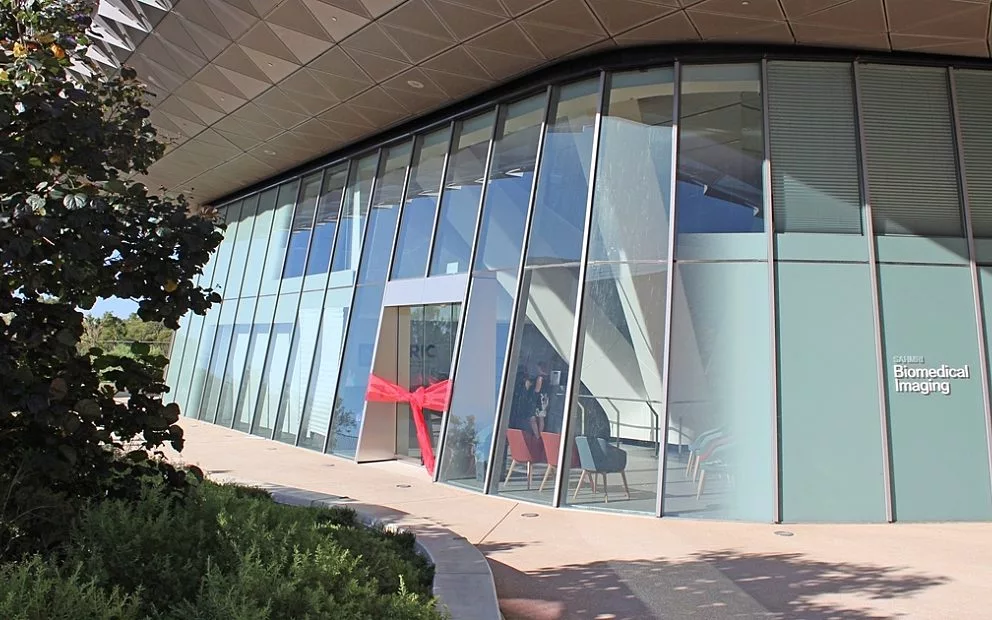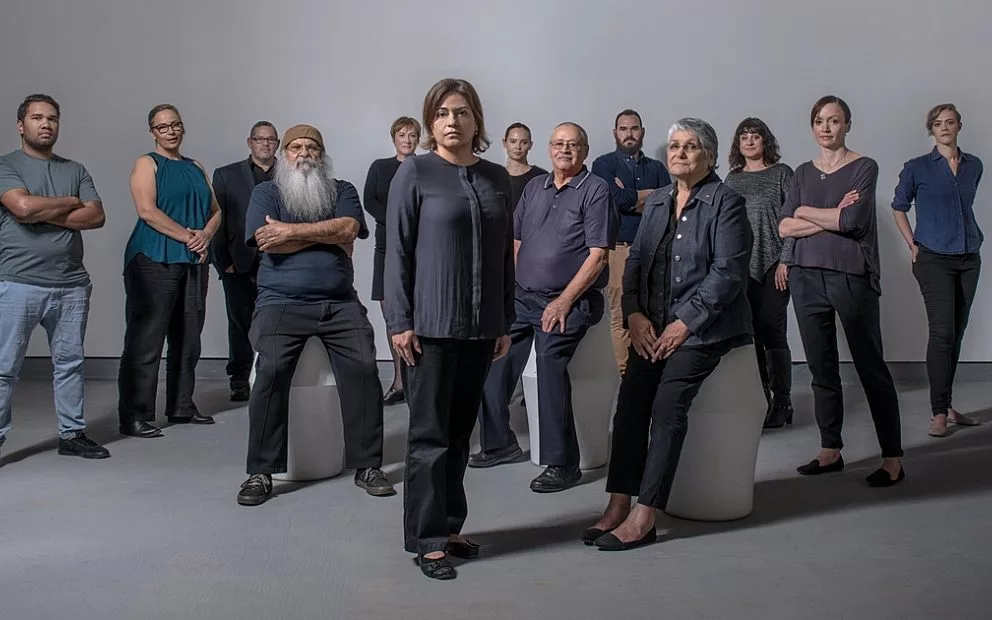Today marks the opening of the Clinical and Research Imaging Centre (CRIC) – a partnership between South Australia’s leading medical imaging provider, Dr Jones & Partners and the South Australian Health and Medical Research Institute (SAHMRI).
The ‘pod’ space on the ground level of the SAHMRI building has become a Dr Jones & Partners clinic, offering the highest level of medical imaging currently available in South Australia.
Furthermore, this is a first of its kind arrangement for South Australian researchers, there will be dedicated time allocated to SAHMRI researchers for clinical research without compromising the scheduling of patient treatments.
State of the art facilities
The CRIC, a $13 million-dollar total investment, is a clinical and research imaging centre collaborating on advanced cardiovascular CT, MRI and PET/CT platforms, as well as providing a full range of clinical imaging services for the community.
This partnership is moving SAHMRI into a new direction of commercialisation with industry partners to create a facility that will benefit our researchers. But equally as important, it will ultimately improve the treatment and diagnosis of patients, meaning better health outcomes for the community.
Having the CRIC located on the same site as the cyclotron at SAHMRI will enable new shorter half-life compounds to be utilised and streamlining of translational results. There are currently several compounds being developed for conditions such as dementia, cancer and cardiovascular disease.
A mutually beneficial partnership
Dr Will Thompson, Managing Partner Dr Jones & Partners, said that the practice is excited to be a key part of the state growing research imaging capability and the benefits that will flow to our patients.
“Investment in technology, specialised staff and evidence based medicine are core qualities of Dr Jones & Partners,” Dr Thompson said.
“Patients will benefit from access to convenient state of the art imaging within the new health and biomedical precinct and complement our other CBD clinics at Calvary Wakefield and St Andrew’s Hospital, as well as across metropolitan and country South Australia.”
Professor Steve Wesselingh, SAHMRI Executive Director, said that the benefits of having dedicated imaging are countless.
"Having access to imaging facilities on a regular basis allows for less invasive treatment of patients and provide an opportunity for broader clinical trials that utilise imaging,” Professor Wesselingh said.
“We are thrilled to be partnering with Dr Jones & Partners.”
Another benefit includes the diagnosis of patients with new compounds created by the cyclotron facility at SAHMRI, providing translational results sooner, in addition focusing on the prevention of illnesses.
Research to benefit the community
The establishment of the CRIC will further enhance the research already underway at SAHMRI, and particularly work within the Heart Health, Mind and Brain and Healthy Mothers, Babies and Children themes.
Heart Health: CT scanning has improved to the point where it can now be used to see the arteries that carry blood to the heart muscle. This provides the first opportunity to be able to look at the buildup of plaques and blockages within the blood vessels that cause heart attacks in a non-invasive fashion. The major question the SAHMRI Heart Health theme is asking is whether there is a benefit of using CT imaging to guide the use of medical treatments. The CAUGHT CAD study is testing whether CT scanning of the heart arteries can tell us which individuals without apparent heart disease are most likely to benefit from cholesterol lowering using treatment with statins. The ability to perform this study at the CRIC will allow for more South Australians to participate in this important study.
Spinal Cord Injury (Mind and Brain): As part of Project Discovery, a collaboration between the Neil Sachse Foundation and the Molecular Imaging and Therapy Research Unit (MITRU) at SAHMRI, a neurological inflammation marker is being developed, which will be used to image spinal cord injury in both early and late stages of the damage. This will allow a more definitive prognosis, and in the future, will be able to track treatment responses. This agent, to be used in PET scans, will enable clinicians to evaluate patient treatment plans and responses with short time frames in the hope of providing a non-invasive test for this complex condition.
Healthy Mothers, Babies and Children: Some babies born early may experience difficulties later in life with development and learning. Magnesium sulphate given to women just before giving birth (at 30 to 34 weeks) protects babies’ brains, but it’s not yet fully understand how this works. An MRI scan is being offered to some of the babies taking part in a wider study of magnesium sulphate as part of the MagNUM study (a side-study for babies in the MAGENTA trial). These scans will provide more information as to how early changes in the structure of a baby’s brain affects their later development.
You can read more about the CRIC, the state’s most advanced clinical imaging centre, in The Advertiser.



